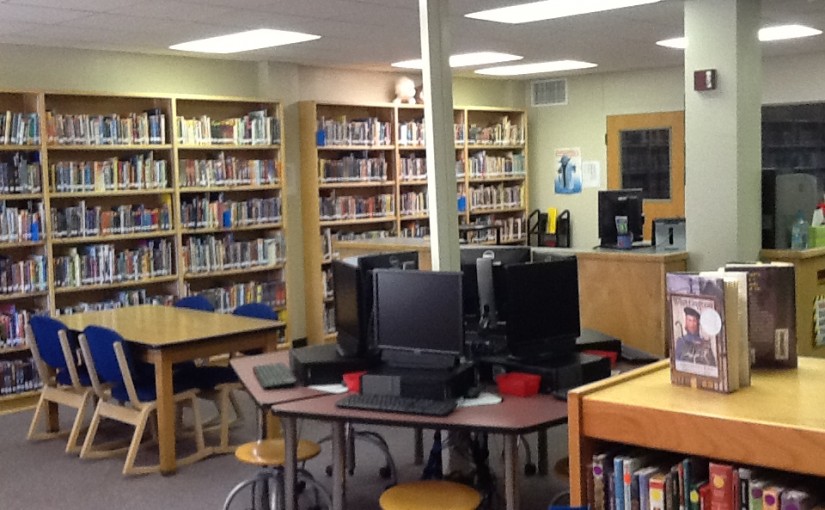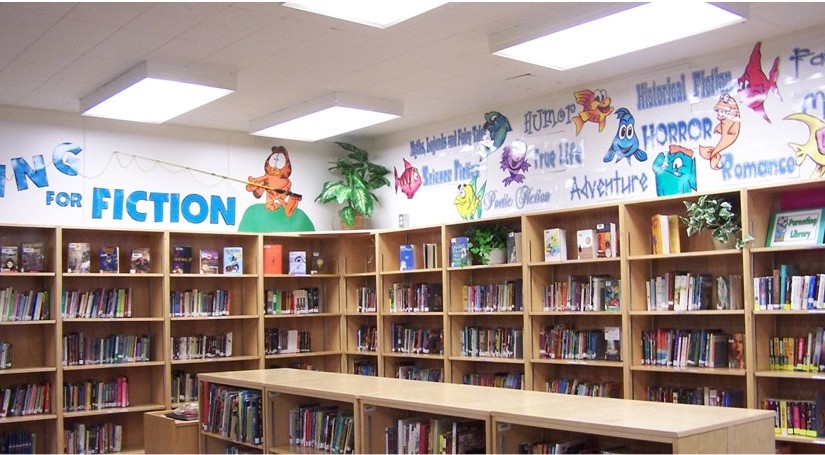Tag: libraries
-

Do Strong Libraries Boost Student Achievement?
In a time when budgets are tight, every aspect of education is assessed for its value, and school libraries are no exception. Do school libraries contribute significantly to student achievement? Research into the answer to this important question dates to the 1960s. And for just as long, a strong correlation has been found between library…
-

Making the Library a Space Children Want to Be
Libraries can play an important role in children’s lives. They are a safe place to spend time and discover the joy of reading. Libraries are also spaces for community—places to play and discover, imagine and inspire, learn and study, and even take some much-needed quiet time. But children won’t flock to the library just because…